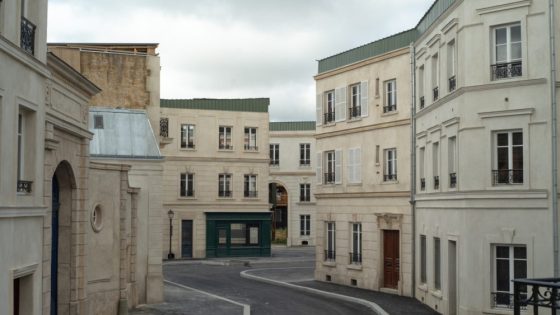APPLETON — Five years after Appleton became the first U.S. city to adopt No Mow May, it has pivoted to Slow-Mow Summer.
The Common Council voted 13-0 Wednesday to remove No Mow May from the city’s municipal code, reinstating the height restriction of grass and weeds to 8 inches on developed lots and to 12 inches on undeveloped lots year-round.
“That, I believe, is something that we can all agree works for the city and had worked for the city for a long, long time,” council member Sheri Hartzheim said.
To continue to support pollinators, which was the purpose of No Mow May, the council directed city staff to promote a Slow-Mow Summer program, similar to what Kaukauna and 1000 Islands Environmental Center have done.
Slow-Mow Summer encourages residents to:
-
Raise their lawnmower blade to cut at a height of 4 inches and to mow only when their lawn reaches 6 inches.
-
Plant native flowering plants, especially those with early season flowers.
-
Eliminate or reduce chemicals on their lawn and other plants.
Appleton’s promotion of Slow-Mow Summer will include information on the city’s website and in the city’s annual public works guide and postings on city social media platforms at least monthly during the growing season.
“I think this is another opportunity for us to take a chance on trying something a little bit different that might restore that balance that everyone is looking for and make everyone in the city happy,” council member Chad Doran said.
No Mow May let property owners delay lawn mowing as a means to promote the maturation of flowering plants that provide food for bees and other pollinators early in the growing season. Participation was voluntary.
Appleton experimented with No Mow May in 2020 and 2021 and then made it permanent in 2022 after samplings of No Mow May lawns showed an increase in bee abundance and bee diversity compared with lawns mowed regularly.
Detractors said No Mow May makes the city look trashy, aggravates pollen allergies and starts or magnifies conflicts among neighbors. A move to nix the program was rejected last year.
Council member Alex Schultz, an early proponent of No Mow May, said earlier growing seasons necessitated a pivot away from No Mow May. By mid-May this year lawns had reached 12 to 14 inches and had exceeded the point of being productive to pollinators, he said, but some participants still wanted to make it to June 1, no matter how tall their grass grew.
In committee, council member Patrick Hayden viewed No Mow May as a success. The next progression is to make it a year-long promotion, he said.
“It put a spotlight on pollinators,” Hayden said. “It got it on people’s radar, and it kind of created a discussion that we weren’t having before.”
Contact Duke Behnke at 920-993-7176 or [email protected]. Follow him on Twitter at @DukeBehnke.
This article originally appeared on Appleton Post-Crescent: Appleton transitions from No Mow May to Slow-Mow Summer
Source Agencies



